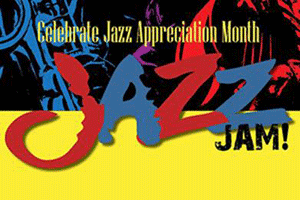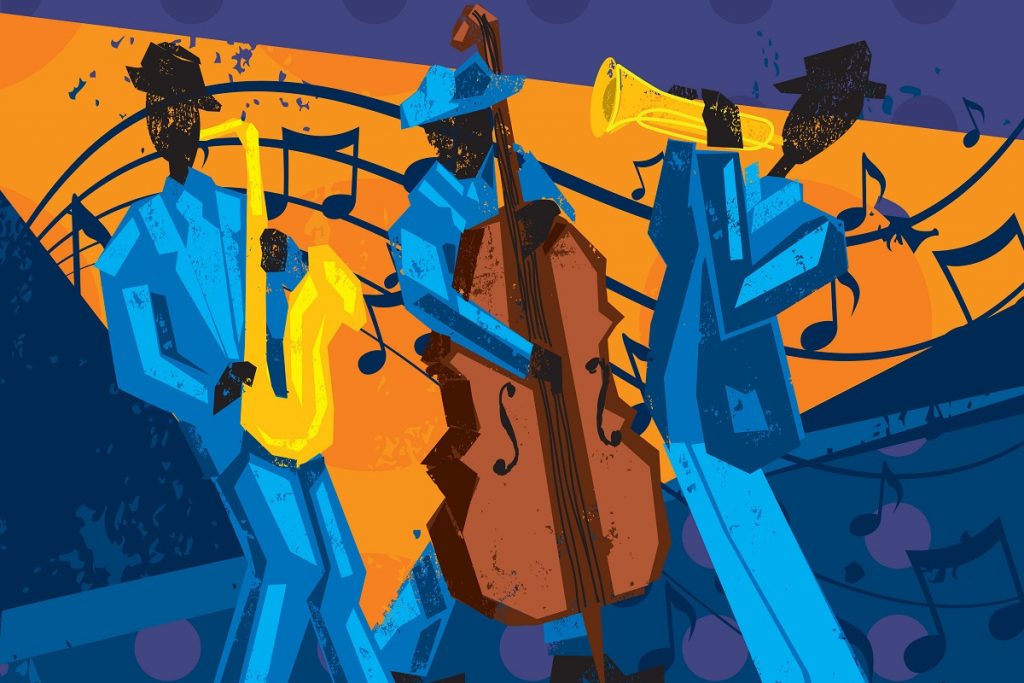“Word Echoes from SANZ”: Styling with “LANGARM”
Written by Helewise Arends on October 24, 2017
Our journey this week takes us to the world of “LANGARM” which, since its inception,
has formed a big part of the so-called Coloured communities of the Cape.
No matter the injustices and inequalities that was inflicted by Apartheid,
the excitement, fun and freedom that musical expression allowed
could never be taken away and of the most popular styles that arose in the
1930s to around the late 1980s were “langarm”, jazz and string bands.
Langarm was particularly popular during the 1930’s and was described as “ballroom dancing without the frills”.
It is a lively, although carefully constructed, type of music with a similarly characteristic dance style.
The dance tempo was strict.
The Langarm Dances were held in school-and church halls, which were decorated with lights.
The men and women attending these dances were dressed formally;
men in a suit and women donning their finest evening wear.
The people attending the dance were actually very much influenced by
the formal attire of the band members, who always wore
dinner suits in either black or white.
The dance most often preformed was the Quadrille. There were two versions,
and each was only played once the evening, but lasted for 20 minutes.
Other popular choices were the Waltz, Quickstep and Foxtrot.
Later, the South American culture crept in and the Rumba, Cha-Cha and
The Bossa Nova were all widely enjoyed.
The sound of the band was dominated by the saxophones, and some bands had two or even three saxophonists.
The sound of the saxophone transcended the chatter and dancing noises of the
dancers and could be heard crisp and clear on the warm African nights.
The music started out as acoustic until the 1950s when some bands could afford amplifiers for their guitars.
This improved the sound quality.
These dance events spoke more of the culture of the people and formed an integral part of their heritage.
The people of the communities were defined by close bonds and strong values.
Instead of negotiating these, the music and dancing of the time complemented
these core values and reinforced the bonds among the people.
There is still today as strong awareness and knowledge of formal langarm dancing
and events are still held as prime occasions for social interactions in a fun and civil environment.
So when you next see an invite for A“LANGARM”DANCE – don on your finest outfit to
#STRICTLYCOMEDANCING.




